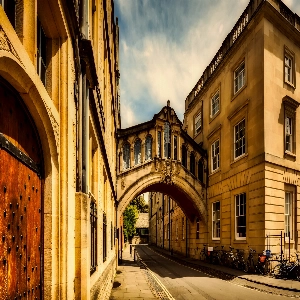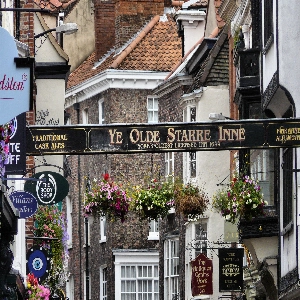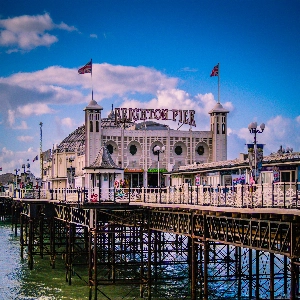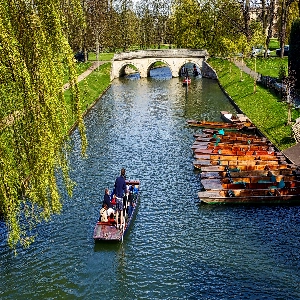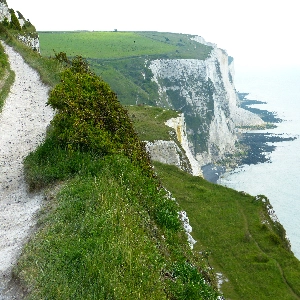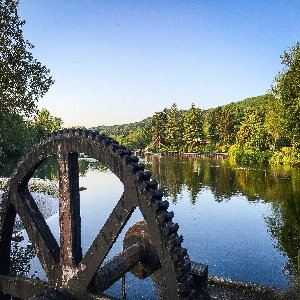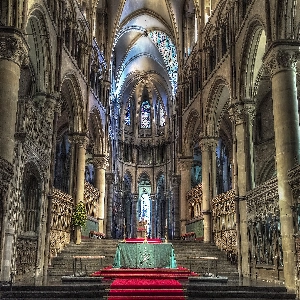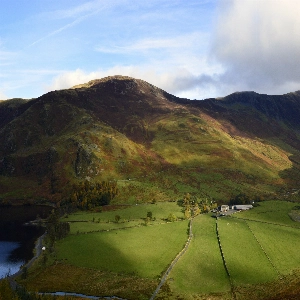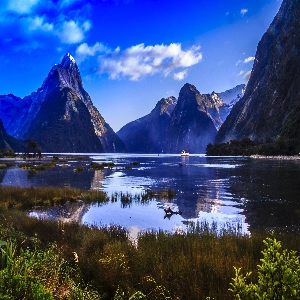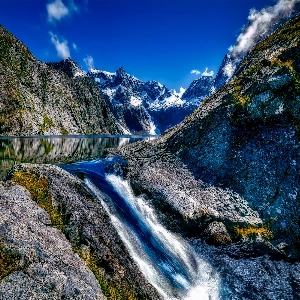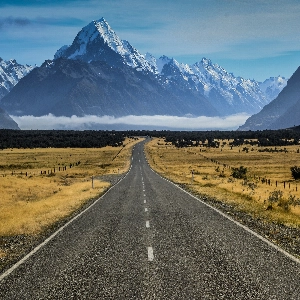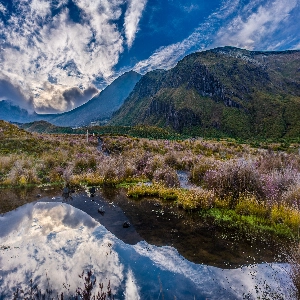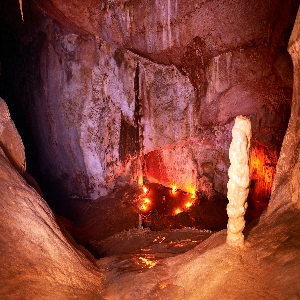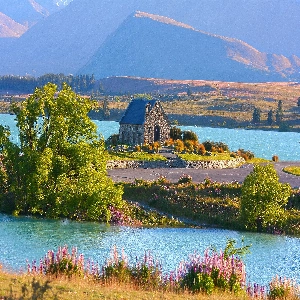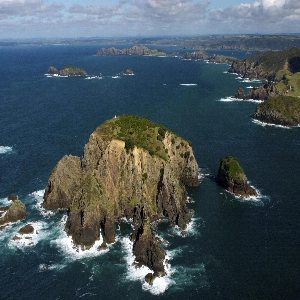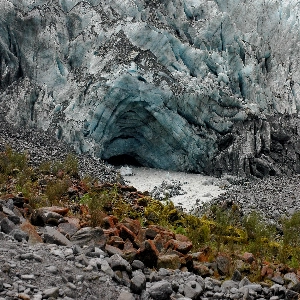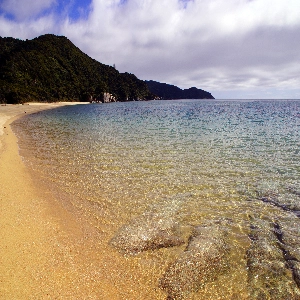New Zealand Maori Arts And Crafts Institute

Introduction to New Zealand Maori Arts and Crafts Institute
New Zealand is well known for its stunning landscapes, and its intriguing cultural heritage. One of the most unique aspects of its culture involves the Maori people, who have existed on the island for centuries. Throughout their history, the Maori have developed a variety of arts and crafts, which are truly captivating. The New Zealand Maori Arts and Crafts Institute, located in Rotorua, serves as a cultural hub to preserve and promote these historical creative practices. This article delves into the history of the institute, explores various art forms showcased there, and discusses its significance in keeping Maori traditions alive.
History of the New Zealand Maori Arts and Crafts Institute
Established in 1926, the New Zealand Maori Arts and Crafts Institute (NZMACI) was created to preserve and promote the artistic traditions of the Maori people. The organization's founding was a response to the rapid decline of traditional Maori arts and crafts during the early 20th century. In an effort to counter this decline, the government of New Zealand established a school dedicated to teaching traditional Maori art forms, which later became the NZMACI.
Located in Rotorua, one of the most geothermally active areas of New Zealand, the institute draws inspiration from its breathtaking surroundings. Over the years, the institute has expanded its scope by incorporating Geothermal Valley into its complex, featuring geysers, hot pools, and boiling mud pools. This growth has amplified its cultural significance, and has attracted visitors and students from all over the world. The institute remains a testament to New Zealand's dedication to preserving its indigenous heritage and unique cultural roots.
Te Puia – A Hub of Maori Culture
Te Puia is a significant part of the NZMACI that showcases the cultural legacy of the Maori people. Situated in the Whakarewarewa Geothermal Valley, Te Puia covers an expansive 60 hectares, housing a myriad of elements that reflect Maori life, customs, and artistry. Some of the facilities within Te Puia include traditional Maori meeting houses, schools for Maori arts and crafts, restaurants serving traditional cuisine, guided tours, and geothermal sites like the Pohutu Geyser.
The aim of Te Puia is to offer a window into the rich and diverse history of the Maori people. With its vast array of cultural experiences, visitors get to enjoy immersive and interactive demonstrations of the vibrant and storied Maori heritage. As part of its mission to educate and inspire, Te Puia aims to provide students and visitors a solid understanding of the Maori people's connection to the land and the integral role New Zealand's landscape plays in their culture.
Woodcarving and Traditional Maori Art Forms
One of the most significant art forms for the Maori people is woodcarving. Traditional Maori woodcarvings are elaborate and intricate, typically showcasing mythological and ancestral storylines. These carvings decorate marae (meeting houses), waka (canoes), weapons, and sculptures, giving them individuality and a personal touch.
At the NZMACI, the carving school located within the Te Puia complex focuses on teaching this ancient craft to the new generations. Students learn different techniques and applications for woodcarving from skilled tutors, who are masters of the craft, ensuring the preservation of this unique and historically significant art form.
Other traditional art forms showcased at the institute include weaving, stone carving, and bone carving. Weaving holds a significant role in Maori culture, with cloaks, baskets, and more created using plant fibers. The intricate patterns exhibited in these weavings are a testament to their artistic prowess. Likewise, stone and bone carving express symbolic and mystic narratives, serving both aesthetic and functional purposes.
Cultural Performances and Workshops
The New Zealand Maori Arts and Crafts Institute is also a platform for live cultural performances, giving visitors the opportunity to experience interactive shows involving music, dance, storytelling, and more. These performances help to maintain and showcase the Maori culture's vivacity, giving visitors a memorable and authentic encounter with New Zealand's indigenous roots.
Additionally, workshops are held at the NZMACI where visitors can learn about specific Maori arts and crafts. By allowing individuals to participate in these workshops, the institute encourages the spread of the vibrant and storied history surrounding the Maori culture and artistry.
Preservation and Promotion of Maori Culture
The New Zealand Maori Arts and Crafts Institute plays a crucial role in preserving the ancestral arts and culture of the Maori people. By offering a safe haven for the development and perpetuation of traditional art forms, the institute has carried Maori traditions into the 21st century. Its establishment and growth have both invigorated the Maori arts and culture scene and made it more accessible to both locals and international visitors.
Through its educational facilities, cultural experiences, and engaging workshops, the NZMACI encourages the continuation of Maori cultural practices in the modern world. By showcasing the people, their art, and their stories, the institute aims to provide a complete portrait of Maori culture in New Zealand. The impact and importance of the New Zealand Maori Arts and Crafts Institute are immeasurable to the Maori community and visitors alike, as it continues to enrich and enhance the Maori culture's legacy while maintaining the link with their roots and the land.


